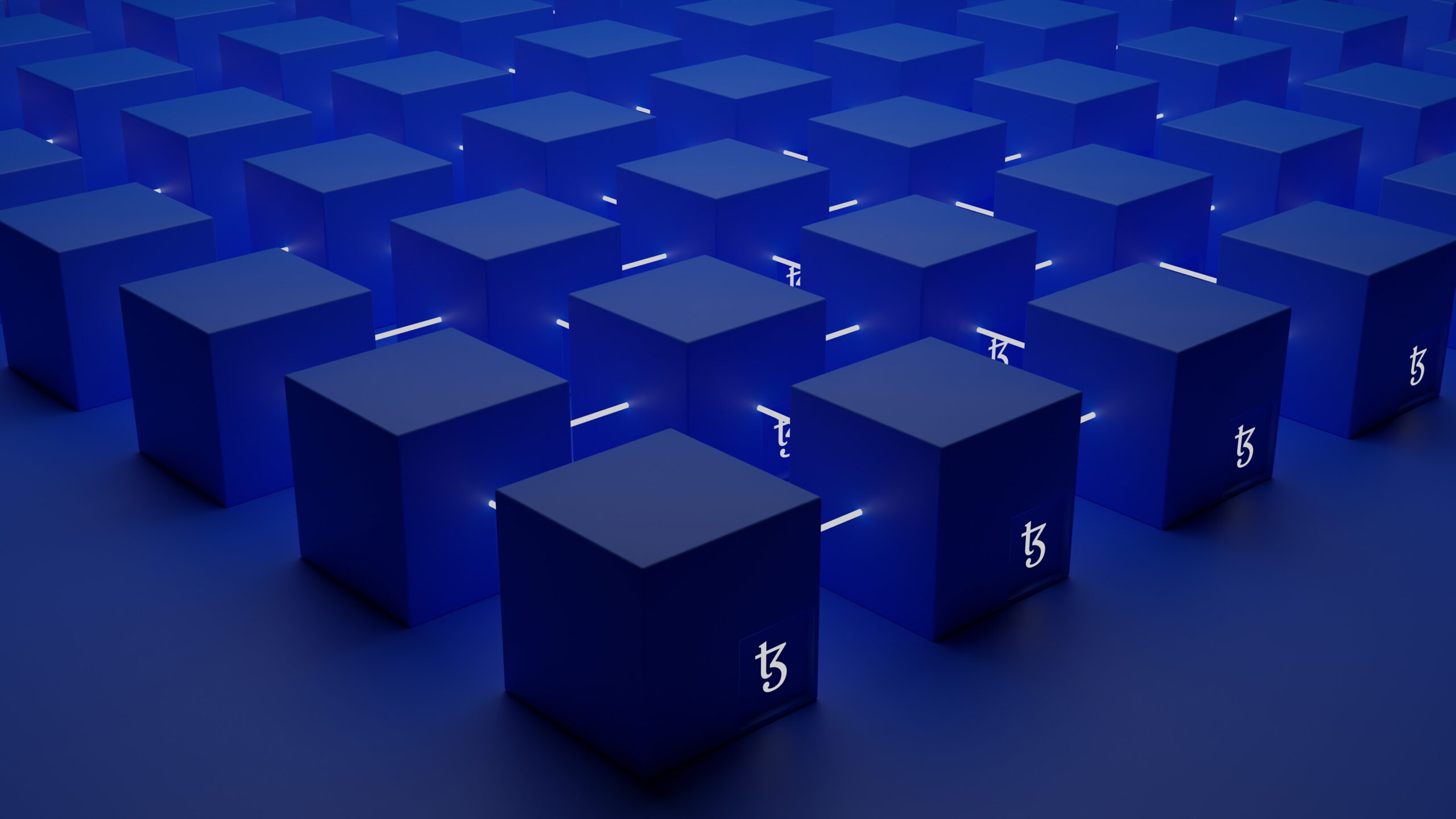The advanced era is now driven by technology. The digital world is ruling the entire cosmos. No matter how insecure the computer-generated domain may be, one is still using it to get their work done or pass their leisure time.
The tech globe (comprising information technology, artificial intelligence, and many more) has come up with a solution to provide the world with the most secure and transparent feature known as Blockchain.
What is Blockchain?
As the name “Block” and “Chain” sounds, it swiftly comes to mind that it consists of blocks linked together in a chain.
And that is true, Blockchain technology is a distributed transparent, and secure digital log that contains the records of every transaction in an organized manner. In simple words, it works like a ledger keeping track of proceedings.

The need for blockchain arose:
When: The blockchain database was introduced in 2008 by Satoshi Nakamoto.
Why: The main reason behind the invention of blockchain was security and trust. The goal was to create a tamper-proof system for recording and transferring digital assets. However, digital transactions usually involve third parties such as banks or payment processors, which may lead to a single point of failure, fraud, hacking, and other tragedies. But blockchain technology does not require any third party in order to complete the transaction between the source and the destination.
Components of Blockchain:
It consists of blocks, each of which is fastened to one another in a chain in a linear way. There is a piece of information contained within each block.
The information includes:
- Data
- A generated code as a unique identifier known as “Hash”
- A timestamp set.
Each block has the hash code of the previous block so as not to allow the block to be illegally altered. Now the question is here: Why does each block have its own as well as others’ hash codes? The answer is obvious, it gives a boost to security. For Example, if a person wants to change a block of the blockchain, he must change the hash. However, if the hash changes, the previous block’s hash must also be altered, and so on. As a result, all the hash codes of the subsequent blocks must be updated, which is time-consuming and somewhat tedious. In simple terms, any kind of illegal alteration directly affects the hash, which in turn, affects all the other hashes.

Proof of Work:
Blockchain technology is based on a consensus mechanism that checks and validates that every member of the blockchain network must have a copy of the blockchain. Similarly, if a member wants to change a block, they must share it with all the other blockchain network members. All the members of the network first check the request and come to an agreement on whether the request should be approved or rejected
This phenomenon is known as Mining and the members of the network who check the requirements related to blocks of the blockchain are Miners. Miners have to solve certain kinds of mathematical complex puzzles to add blocks one by one in the blockchain ledger and then are rewarded with approximately 12.5 bitcoins for adding the block first.
Types of Blockchain:
-
Public Blockchain
This type of blockchain is open to anyone
Example: Ethereum Blockchain
-
Private Blockchain
This type of blockchain is restricted to a specific person or specific group of authorized people
Example: Hyper ledger Fabric and R3 Corda
-
Hybrid Blockchain
This type of blockchain is somehow restricted and kind of open to some extent
Example: Dragonchain and Vechain.
-
Consortium Blockchain
This type of blockchain is the same as the hybrid one and is used in supply chain management.
-
Federated Blockchain
This type of blockchain is private to some extent and is used in banking and finance.
Each type of blockchain has its own strengths and weaknesses, and the choice of blockchain will depend on the specific use case and requirements of the project.

Conclusion:
Blockchain has already been used in several domains like Finance, healthcare, and supply chain management. Blockchain is the future. Many businesses will be conducted on smart contracts. However, there are some challenges as well. The development of the blockchain is still ongoing in order to brush up the scalability and security.

